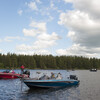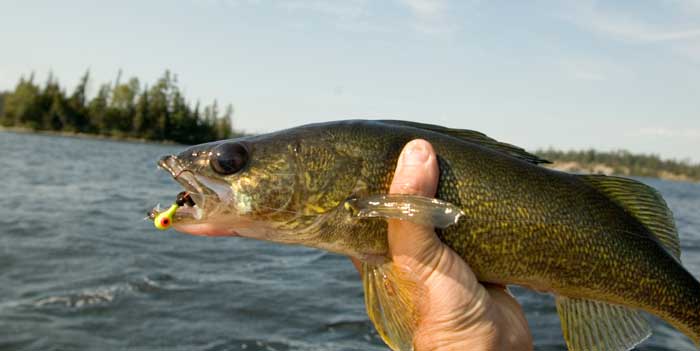
Hard Balling Walleyes
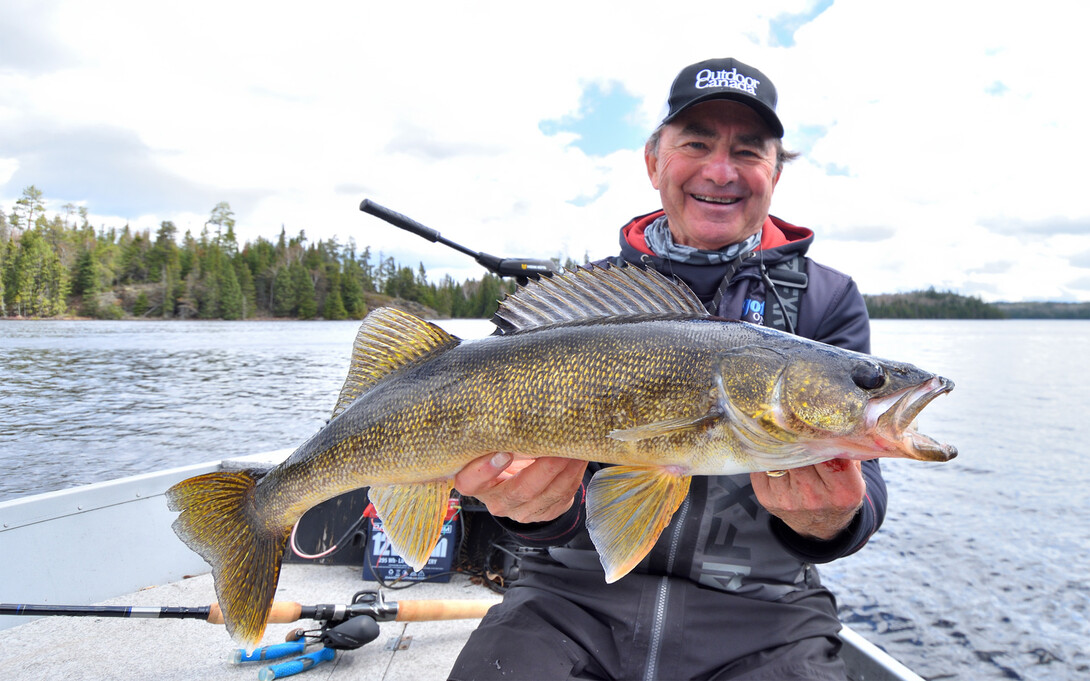
In my last Go Fish in Ontario web feature, I mentioned that one of my favourite early-season walleye tactics is trolling spinner rigs. It is such a phenomenal way to locate and catch fish. But should you continue trolling blades when you find the fish concentrated in one or two small areas? That is the question my grandson Liam and I pondered on Opening Day when, after trolling a shoreline, we found a nice school of fish bunched up off the tip of a scenic Sunset Country Island.
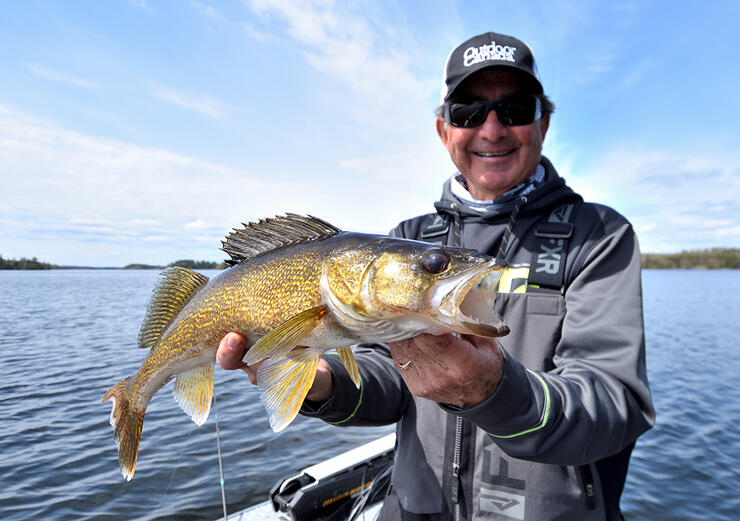
A lipless crankbait has been the overwhelming ticket for Gord Pyzer this spring. (Photo credit: Gord Pyzer)
I opted to pick up a short 6’ 10” medium action spinning rod spooled with a ten-pound test braided line and a four-foot-long eight-pound test fluorocarbon leader. I tipped it with a favourite 3/8-ounce Mister Twister orange-coloured jig, added a four-inch-long soft plastic swimbait, pitched it out a short distance and let it tumble to the bottom. I love using braid for this close-to-the-boat near the vertical style of fishing because it doesn’t stretch and relays the action up the line so you can feel everything that is going on below. Honest truth, you can feel a minnow flicker excitedly when a walleye approaches it, giving you advance notice of a bite.
Liam, on the other hand, decided to try a more hardball approach. He picked up his favourite 7’ 1” medium heavy action 13 Fishing Blackout stick to which he had tied on a 1/2-ounce Rapala Rippin’ Rap. Fishing lipless crankbaits is one of our go-to fall tactics, especially when we’re fishing stained water lakes. You can hear the loud rattle buzzing inside the bait when it is still in deep water, far from the boat. And it drives the walleyes berserk. But to be honest, while it is a fall favourite tactic, I haven’t fished it much in the spring. And I was in for a lesson.
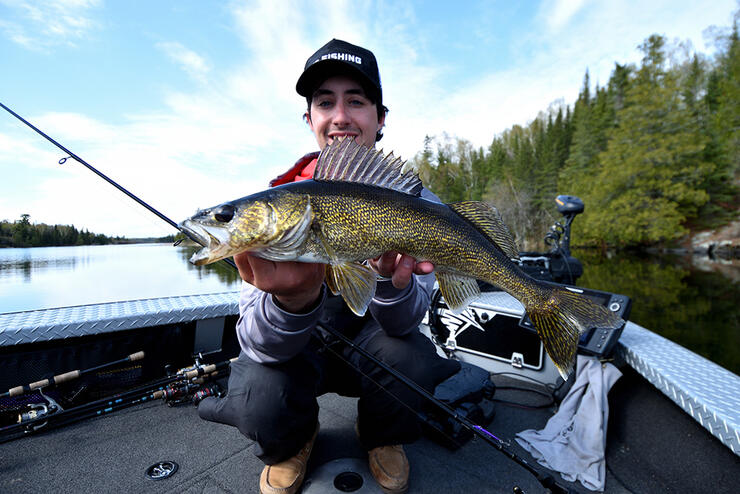
After casting out your lipless crankbait, let it fall to the bottom and then retrieve it in a lift-fall fashion. (Photo credit: Gord Pyzer)
“Got ‘em,” Liam grunted on his second or third cast, prompting me to drop my rod, pick up the net and scoop up a gorgeous walleye. That is when I noticed the lipless crankbait was three-quarters of the way inside the fish’s mouth. I mean it was almost out of sight. The walleye had choked it.
Same thing three or four casts later and then, three or four casts after that. Now, I may have been born at night, but it sure wasn’t last night. So, I put down my jig rod and picked up a longer stick to which I attached a similar lure.

(Photo credit: Gord Pyzer)
Mimicking Liam, I fired out a long cast, let the bait fall to the bottom, watched my line go slack, and then fished the lipless lure by lifting it up just fast enough that I could feel it vibrate. Then I stopped and let it flutter back down to the bottom. I retrieved it like this all the way back to the boat, or rather, I would have if a plump walleye hadn’t crushed the bait and almost ripped the rod from my grip.
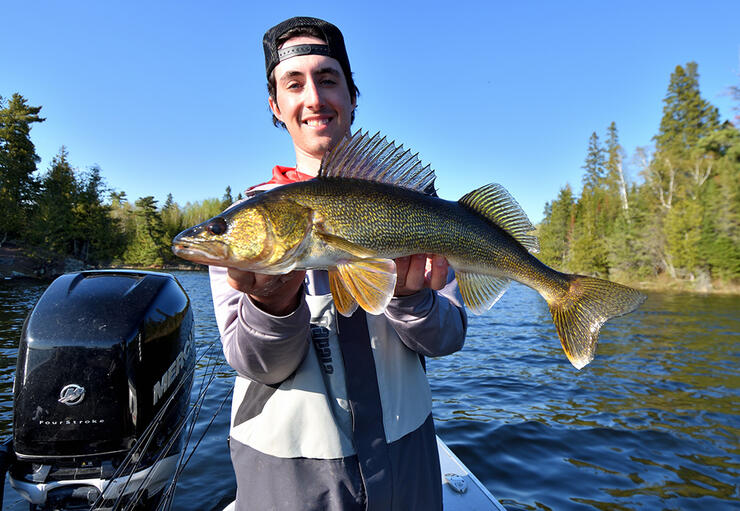
(Photo credit: Gord Pyzer)
And so, it continued like this, not only for the rest of the day but for the rest of the week. In fact, after three trips down the lake, we reckon we easily caught and released over 200 walleye with the vast majority — maybe as high as 90-percent — falling to the mystical powers of the lipless rattling noise maker.
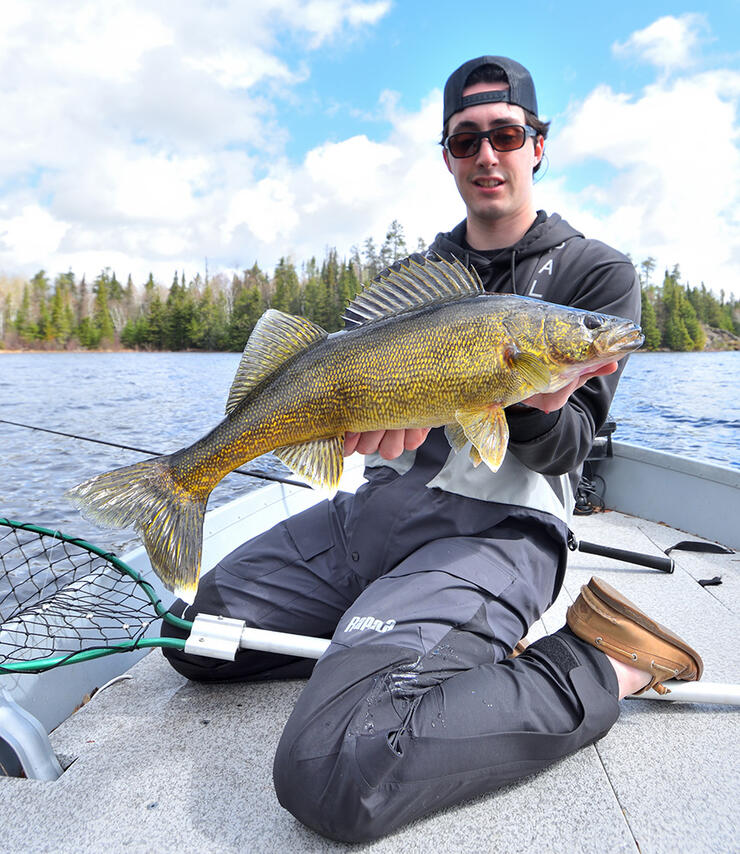
Rather than a feeding response, walleye tend to slam lipless crankbaits out of anger, so hang on tightly to your fishing rod. (Photo credit: Gord Pzyer)
Which reinforces several key cold-water walleye principles. First and foremost — and I’ve said this many times — using live bait is not always your best strategy. In fact, most days, you’ll catch more and bigger walleye using artificial lures. It is a hard bridge for some folks to cross, but when you do, you will never go back.
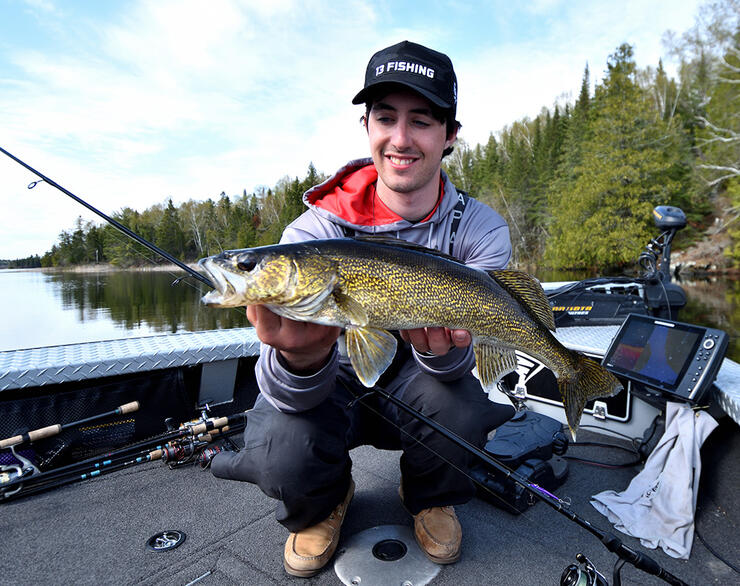
(Photo credit: Gord Pzyer)
Interestingly, too, in the cold, low 40° Fahrenheit water that we found on the weekend, I was certain the walleyes would be sluggish, but that didn’t stop them from smacking the noisy hard balls with a vengeance, proving once again that a reflex bite is often far better than a feeding response.
See you out on the water.
Recommended Articles

3 Great Ontario Walleye Destinations

Predicting Lake Thickness
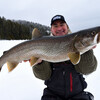
Rigged for Ice Fishing Success

Eating Northern Pike
Bronzebacks of the Whalesback

Cast Into the Heart of a Walleye Paradise
Awesome Algonquin

10 Facts About Lake of the Woods
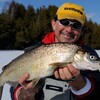
White(fish) North
Don’t Be Afraid Of Muskies
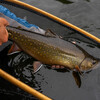
Adventures on the Nipigon River

Nipigon Brook Trout

Beaded Lures
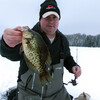
Epic Ice in Northwestern Ontario
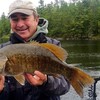
Go Junk Fishing
Ontario Brook Trout

20 Years With Fish TV!

Ned Head Walleye of Algoma

Dream Fishing Trips
